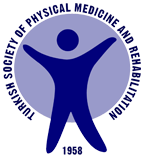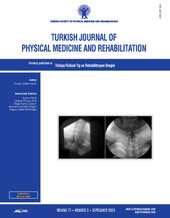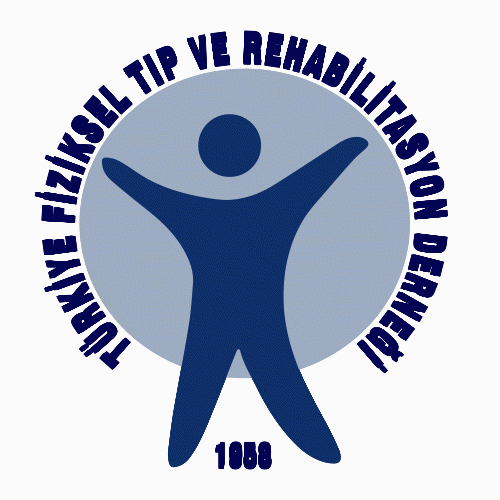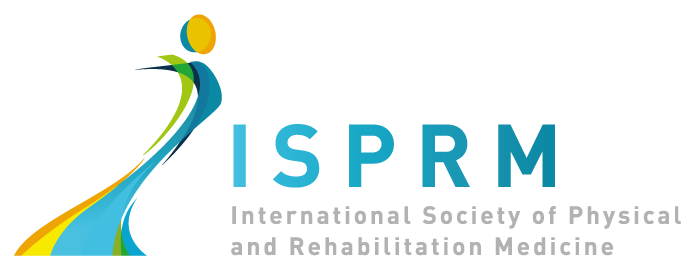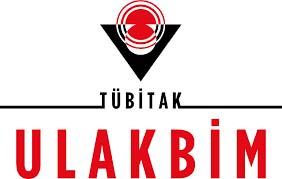Influence of therapist supervision and bodyweight support on gait training in stroke patients
2 Department of Physical Therapy, College of Health Science, Catholic University of Pusan, Republic of Korea DOI : 10.5606/tftrd.2025.14945 Objectives: This study aims to investigate the effects of bodyweight support and therapist supervision on gait parameters and vital signs during overground gait training in stroke patients.
Patients and methods: Between August 2023 and September 2023, a total of 18 stroke patients (10 males, 8 females; mean age: 61.2±12.0 years; range, 32 to 81 years) with hemiparesis were included in this factorial-design study. The patients underwent three different walking conditions: supervised bodyweight support (SBS), unsupervised bodyweight support (UBS), and supervised training without bodyweight support (SWBS). Gait parameters, including velocity, cadence, gait distance, gait cycle, stride length, step length, and single limb support, as well as vital signs (pulse rate and SpO2), were measured and compared using the 4-m walking test (4MWT) and 2-min walking test (2MWT).
Results: Twelve patients had an ischemic stroke, while six had a hemorrhagic stroke. The mean onset period was 9.61±5.96 months. Eight patients had right-sided paralysis, and 10 patients had left-sided paralysis. There were no significant differences in gait parameters or vital signs during the 4MWT and 2MWT among the SBS, UBS, and SWBS groups (p>0.05 for all).
Conclusion: Gait training using therapist supervised walking and bodyweight support may both be beneficial for stroke patients. However, incorporating both conditions into an intervention may not be efficient in terms of cost, space, and personnel utilization.
Keywords : Gait, hemiplegia, paresis, rehabilitation, stroke, weight-bearing